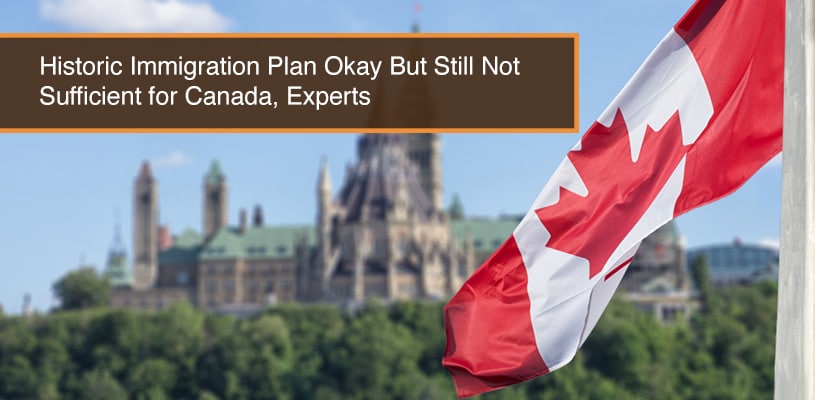The Canadian federal government unveiled a historic immigration plan that would see immigrant numbers possibly increase, and significantly so. This has been met with mixed reactions from experts but one interesting bit is they all think it’s insufficient to what Canada really needs. At the moment, for every five newborns in Canada, at least one is foreign-born which is the highest among the G7 nations. The idea of Canada is to project the immigration levels to at least one percent of the population each year. Even though these are high numbers, it’s not really unprecedented.
An increase to the immigrants’ level, has been motivated by the increased concerns in the labour market. There are demographic challenges facing the labour market such as aging populations. The strategy is to see the ratio of worker-to-retiree drop to 2 to 1.
The multi-year immigration levels will benefit Canada in so many aspects. The immigrants will bring in new skills and talents to the labour market. This will support the economic growth and innovations in Canada, putting the country in the forefront to compete in the global economy.
Most experts have really applauded the plan and say that they are pleased with the clarity offered by the government for the three-year plan but are disappointed by some aspects of the plan. Some say that this may be a bold step that Canada is taking and question the cautions taken by the government to ensure stability. They argue that bringing in huge numbers, may not be well appreciated by the public, and it would be advisable to execute the project gradually. Some camps are of the opinion that that one percent is an any and all possible number since Canada needs even more levels to address the job gaps problem, but to achieve that, political realities may create barriers. Yet others argue that it would be more reasonable if the plan included a strategy to give more support to settled refugees mostly in the government-assisted category.
Source: https://www.thelawyersdaily.ca/articles/5125?utm_source=rss&utm_medium=rss&utm_campaign=section
Historic Immigration Plan Okay But Still Not Sufficient for Canada, Experts
- Post Author:Matthew Jeffery
- Post published:November 23, 2017
- Post Category:Blogs

You Might Also Like






















